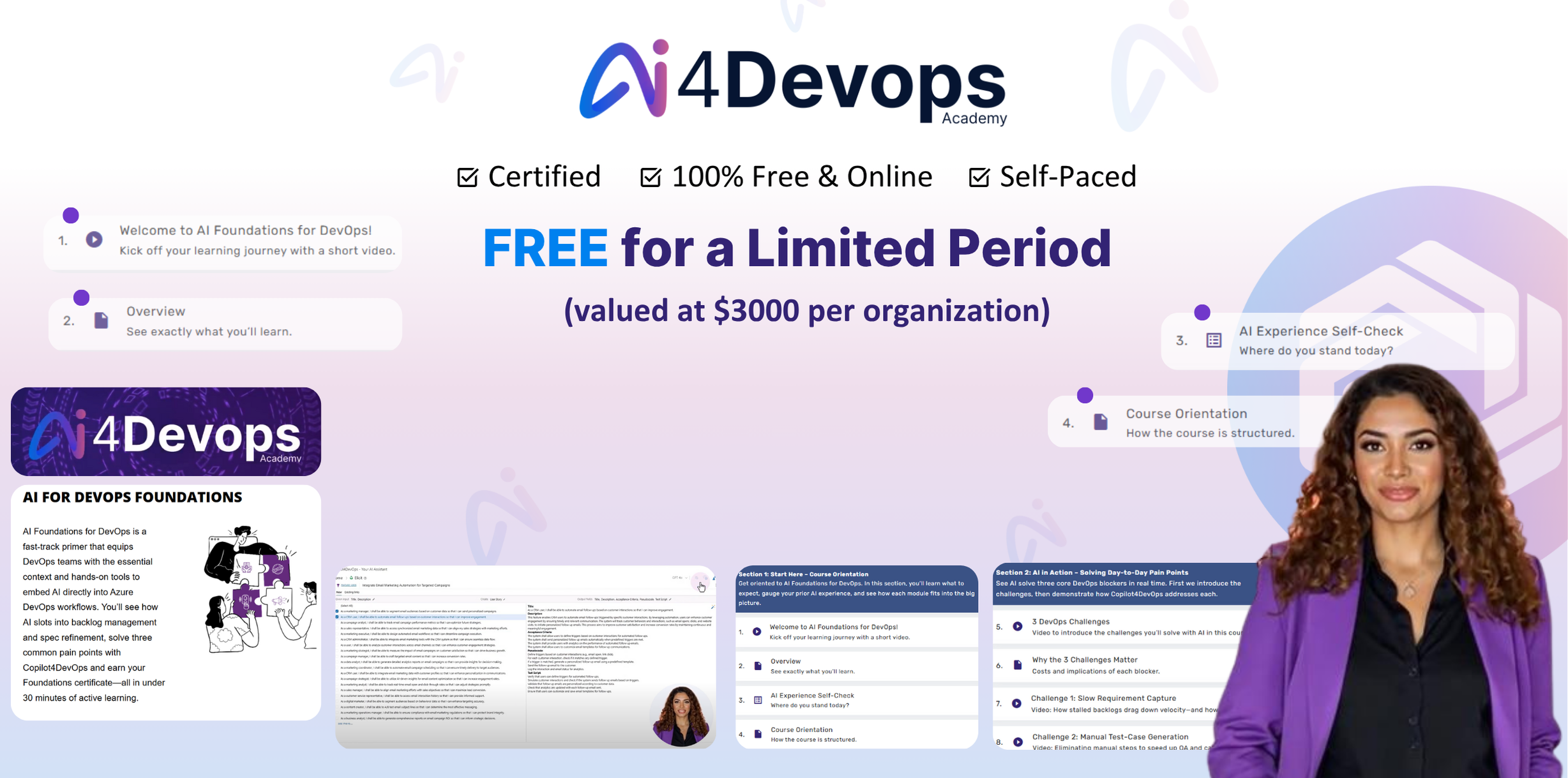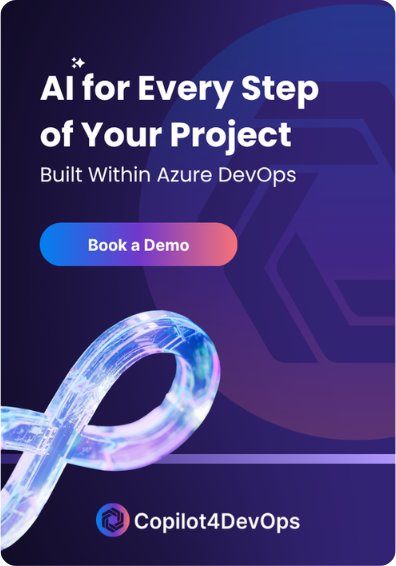Every project needs someone to steer it in the right direction and someone to make sure the details are right. In product development teams, that responsibility often falls to a Product Owner and a Business Analyst.
The Business Analyst is responsible for collecting the right requirements from different sources and stakeholders. On the other hand, Product Owners look at those requirements alongside business goals and make decisions about which requirements should be prioritized first.
Many professionals assume that Product Owners and Business Analysts are the same, but they have different responsibilities. To clarify further doubts, this article looks at how their roles differ, where they overlap, and how both keep delivery on track.
What is a Product Owner?
A Product Owner (PO) is a key role in Agile teams, responsible for guiding the product development toward its intended vision. They analyze the market trends, customer feedback, and business goals to lead product development in the right direction.
Instead of focusing on how to build each feature, the Product Owner decides what should be built next and why it matters.
Product Owner Responsibilities
- Analyze the market demand for the product
- Identify the customer needs
- Create and manage a backlog of features, fixes, and improvements
- Prioritize the backlog items for development according to the analysis
- Develop go-to-market strategy
- Collaborate and communicate with development teams to build the right products
- Make decisions on behalf of stakeholders
- Accepting or rejecting deliverables
What is a Business Analyst?
A Business Analyst plays a vital role in product planning. They analyze business processes, interact with stakeholders, review existing documents and systems, and conduct interviews to turn rough product ideas into structured requirements.
They bridge the gap between business and development teams by helping teams identify process gaps and ensuring the planned solution meets both business needs and technical requirements.
Business Analyst Responsibilities
- Gather and clarify requirements from various sources
- Organize requirements into documents or user stories that the team can work with
- Review current processes or systems to spot problems and risks
- Explain business rules and logic to the delivery team
- Assist in testing to confirm the solution meets the original needs
Related: How AI is Transforming Requirements Gathering and Documentation
Product Owner vs. Business Analyst: Key Differences
| Parameter | Product Owner | Business Analyst |
|---|---|---|
| Main focus | Decides which features and changes will create the most value for the product. | Understands business processes in detail and turns them into requirements the team can use. |
| Strategic role | Defines product strategy and adjusts it based on business value and market needs. | Suggests process or system improvements that match project requirements. |
| Project stage | Involved from the beginning to set vision, then stays engaged across the full product lifecycle. | Most active during requirement gathering, early analysis, and throughout development for clarifications. |
| Interacts with | Clients, project managers, business users, development teams, senior management, etc. | Clients, stakeholders, development and QA teams, end-users, etc. |
| Skill set | Strategic vision, requirements prioritization, decision-making, product management, communication skills, technical knowledge, etc. | Requirements gathering, documentation skills, problem-solving, interviewing, communication, stakeholder management, etc. |
| Example | In the mobile banking app development, the Product Owner decides the app will have features like account overview, fund transfer, and bill payments based on market needs and business priorities. | In the mobile banking app development, the Business Analyst defines exactly how the fund transfer feature will work, including what fields are needed, error handling, transaction limits, compliance rules, etc. |
| End goal | Deliver a technically correct product that meets all documented requirements. | Deliver a product that succeeds in the market and supports business growth. |
Overlap and Collaboration Between Product Owners and Business Analysts
In most product development teams, the Product Owner and Business Analyst often work on the same problem from different angles. Their work naturally overlaps, and both depend on each other to keep the project moving.
The BA works closer to the details. For example, they collect requirements, check for missing requirements, and make sure that requirements are clear and ready to implement before development starts. The PO looks at the same set of information but filters it based on business goals, market needs, and deadlines.
They stay aligned by working together in a few key areas:
- They both communicate with business owners to understand their needs.
- Breaking down complex features into smaller, workable items
- Reviewing backlog items to make sure nothing is unclear
- Checking that requirements match both technical limits and business needs
- Updating scope and expectations when priorities shift
Smaller organizations sometimes combine the two roles, with the BA stepping in as Product Owner when needed.
How Copilot4DevOps Empowers Product Owners and Business Analysts
Most Business Analysts still gather requirements using traditional methodologies, like extracting requirements from emails, support tickets, meeting notes, or long documents. Similarly, Product Owners manually set priorities for requirements.
These methods always work, but it takes time, and important details can slip through.
Now imagine having an AI assistant that takes care of this process. In this case, Copilot4DevOps, a built-in AI assistant for requirements management within Azure DevOps, can be your go-to solution.
Here is how it helps Product Owners and Business Analysts:
- Elicit: It can extract structured requirements, including epics, features, user stories, tasks, bugs, test cases, etc., from long documents, support tickets, or existing work items within a few seconds. With this feature, BA can ensure that no requirements are missing.
- Analyze: It helps Product Owners to perform different types of analysis, including SWOT, INVEST, PABLO Criteria, etc., on requirements. This helps the PO to ensure requirements meet the client’s needs and prioritize them.
- Impact Assessment: It helps BAs to identify how a change in one or multiple requirements will affect other work items using an AI.
- Transform: It lets BA and Po summarize long documents, elaborate work item descriptions, and paraphrase work items using an AI.
- SoP/Document Generator: With this feature, BAs can use AI to generate functional/non-functional requirements documents, SOPs, and other documents.
Copilot4DevOps provides a faster, smarter way to handle your everyday tasks.
Frequently Asked Questions
1. Product Owner vs Product Manager — what’s the difference?
2. How does a Business Analyst to Product Owner transition work?
3. Product Owner vs Scrum Master vs Business Analyst — how do they differ?
Try it Yourself
Ready to transform your DevOps with Copilot4DevOps?
Get a free trial today.












